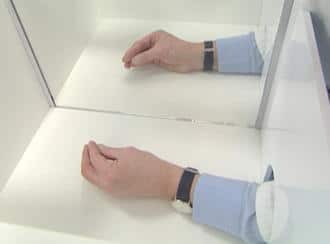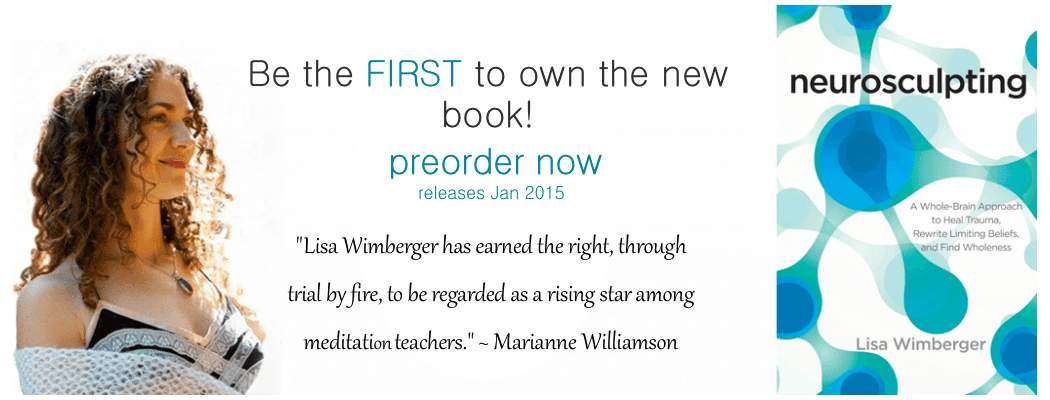What is pain?
That is a loaded question. Pain overlaps the physical, spiritual, emotional and mental world so pervasively that sometimes we can’t distinguish its origin at all. Consider the heartbreak that makes you nauseous, or the betrayal that gives you a stomach ache, or the broken bone that makes you feel inadequate or worthless. Pain is a phenomenon that has gained a prominent place in our health and wellness organizations as a top contender for attention.
It’s been reported recently by neurosurgeons at the Anschutz Medical Center in Colorado that chronic pain management costs Americans somewhere around 650 billion dollars each year and an estimated $10,000 a year per person in extra care, treatment and medication costs. This is staggering.
What exactly is chronic pain?
It’s a bit of a catch-all term but basically it refers to neurological pain activation that continues in the absence of pain stimulus. So theoretically, once a neural path for pain is activated enough either a repeated effect or with a strong enough charge, that path could remain activated or “on” as though the pain were still being inflicted. This shows up most evidently with phantom limb syndrome. In the case of traumatic amputations individuals continue to feel the pain of the limb long after its gone. With no pain stimulus present it’s often the case that pain medications don’t work. Other forms of chronic pain can result from inflammation from lifestyle, stress, or trauma. In cases like these nervous system symptoms of pain can persist for a person’s entire life.
So what can we do to help manage a phenomenon that theoretically has no detectable cause? The treatment for phantom limb syndrome may shed some light in this area. 
We clearly know that billions of dollars a year on treatments that merely band-aid the issue is simply not sustainable. To this end we are impoverishing ourselves financially and in terms of the quality of life we could lead if we were free of chronic pain. So perhaps some more mental entrainment can mitigate the chronic effects of inflammation, depression, and other forms of pain syndromes.
In the spirit of the mirror box method we are currently experimenting with Neurosculpting® as a means of helping spinal cord injury clients and others dealing with chronic pain to mitigate the severity of their syndrome. To this end we’ve seen a positive contribution to pain management, increased mobility, and a sense of well-being and empowerment.
We are an active physiological expression of our thoughts. What thought patterns are you entraining today?
Interested in knowing more about our work with spinal cord injury clients? Watch these amazing videos of Heather as she gains mobility in her paralyzed hands.
[embedplusvideo height=”300″ width=”300″ editlink=”http://bit.ly/1r8BFHQ” standard=”http://www.youtube.com/v/YIAxDKBw53Q?fs=1″ vars=”ytid=YIAxDKBw53Q&width=300&height=300&start=&stop=&rs=w&hd=0&autoplay=0&react=1&chapters=¬es=” id=”ep7571″ /]
[embedplusvideo height=”300″ width=”300″ editlink=”http://bit.ly/1qCkugP” standard=”http://www.youtube.com/v/IaqOcXjqxpk?fs=1″ vars=”ytid=IaqOcXjqxpk&width=300&height=300&start=&stop=&rs=w&hd=0&autoplay=0&react=1&chapters=¬es=” id=”ep2993″ /]
~~~~~~~~~~~~~~~~~~~~~~~~~~~~~~~~~~~~~~~~~~~~~~~~~~~~~~~~~~~~~~~~~~~~~~~~~~~~~~~~~~~~~~~~~~~


